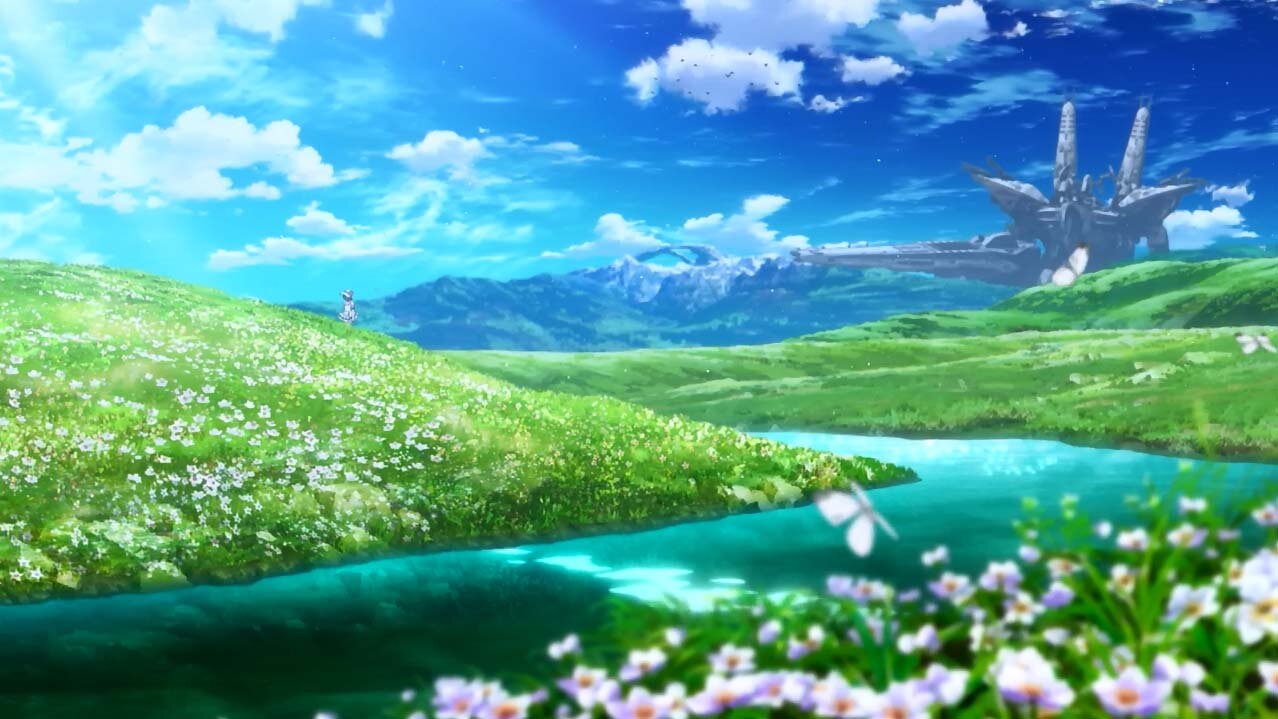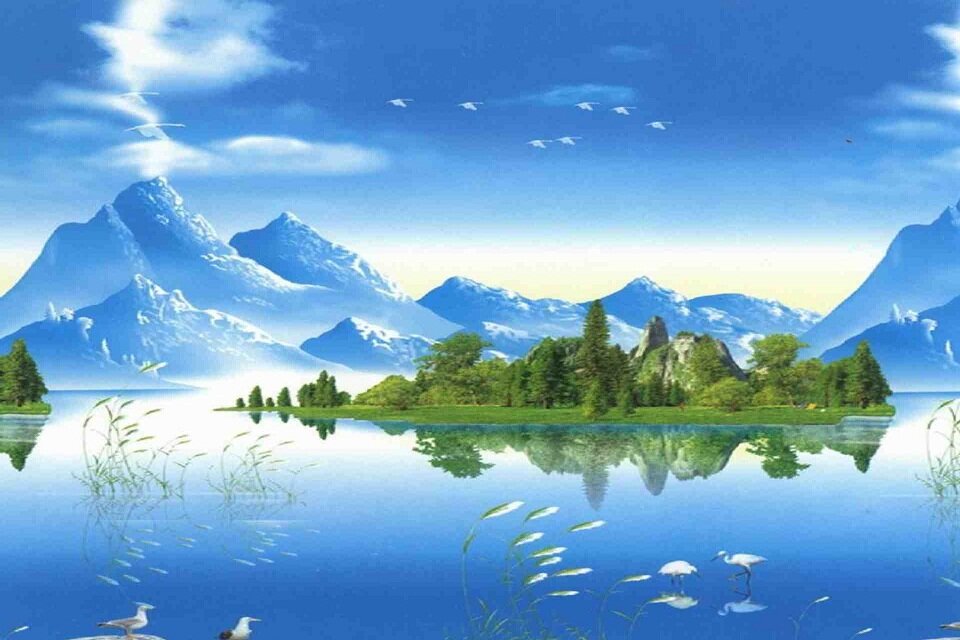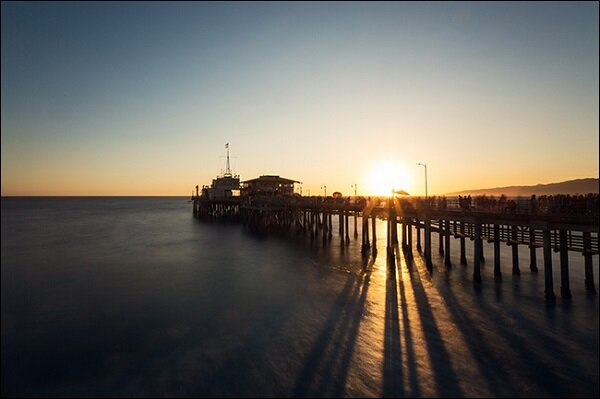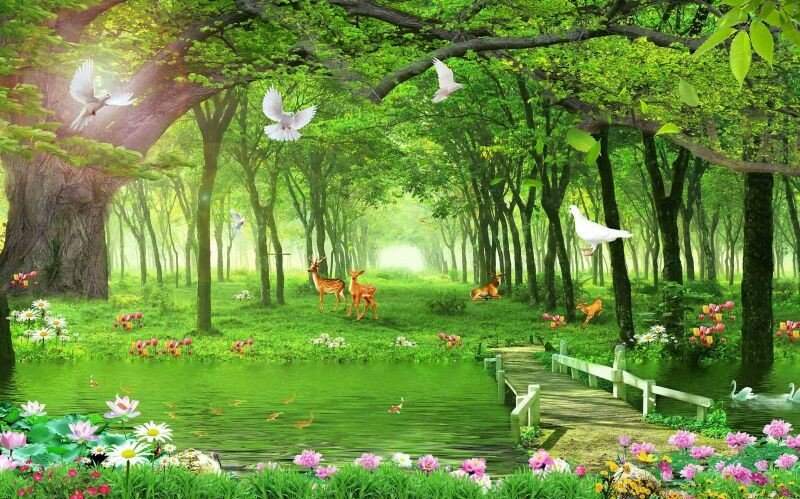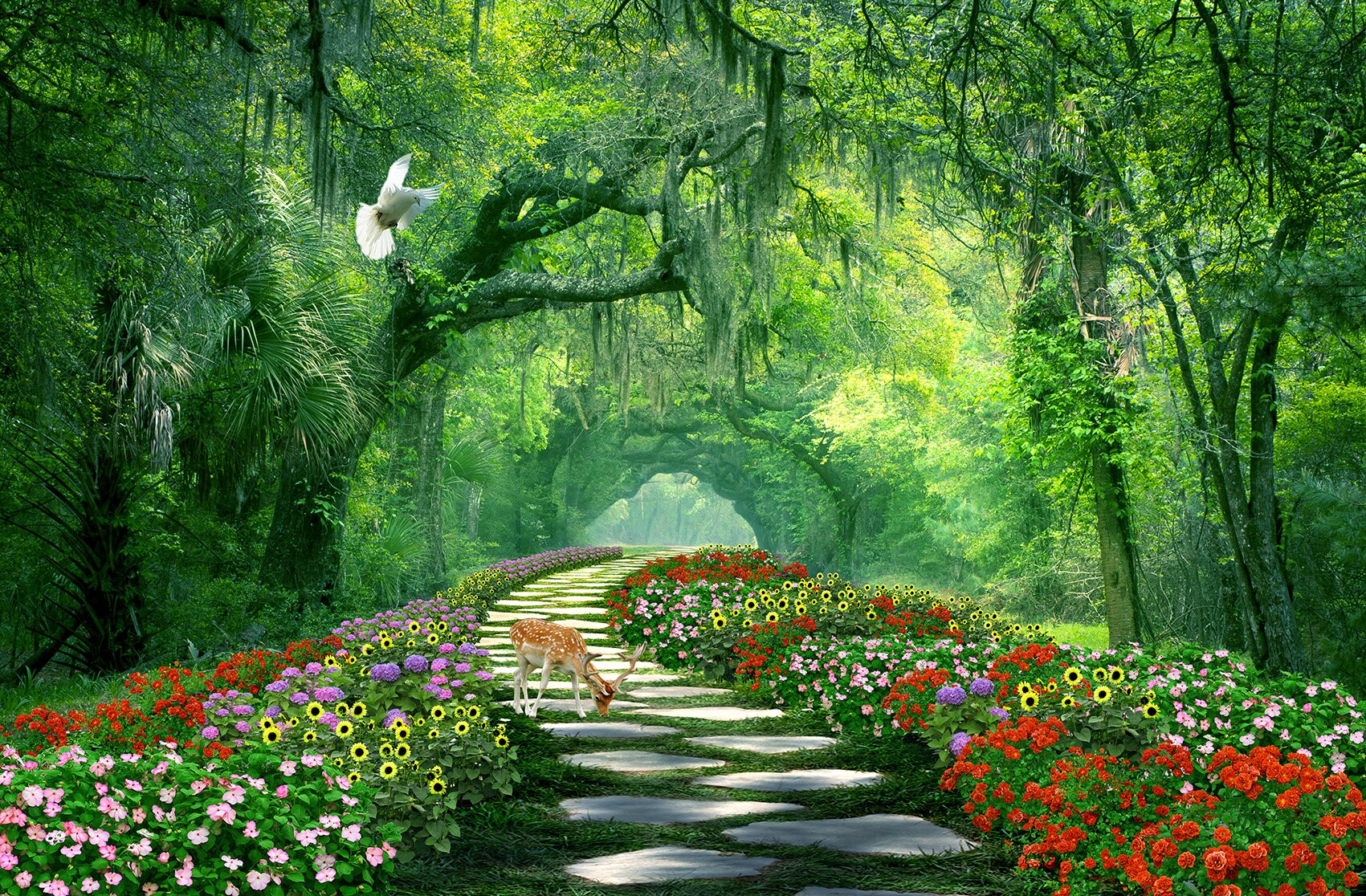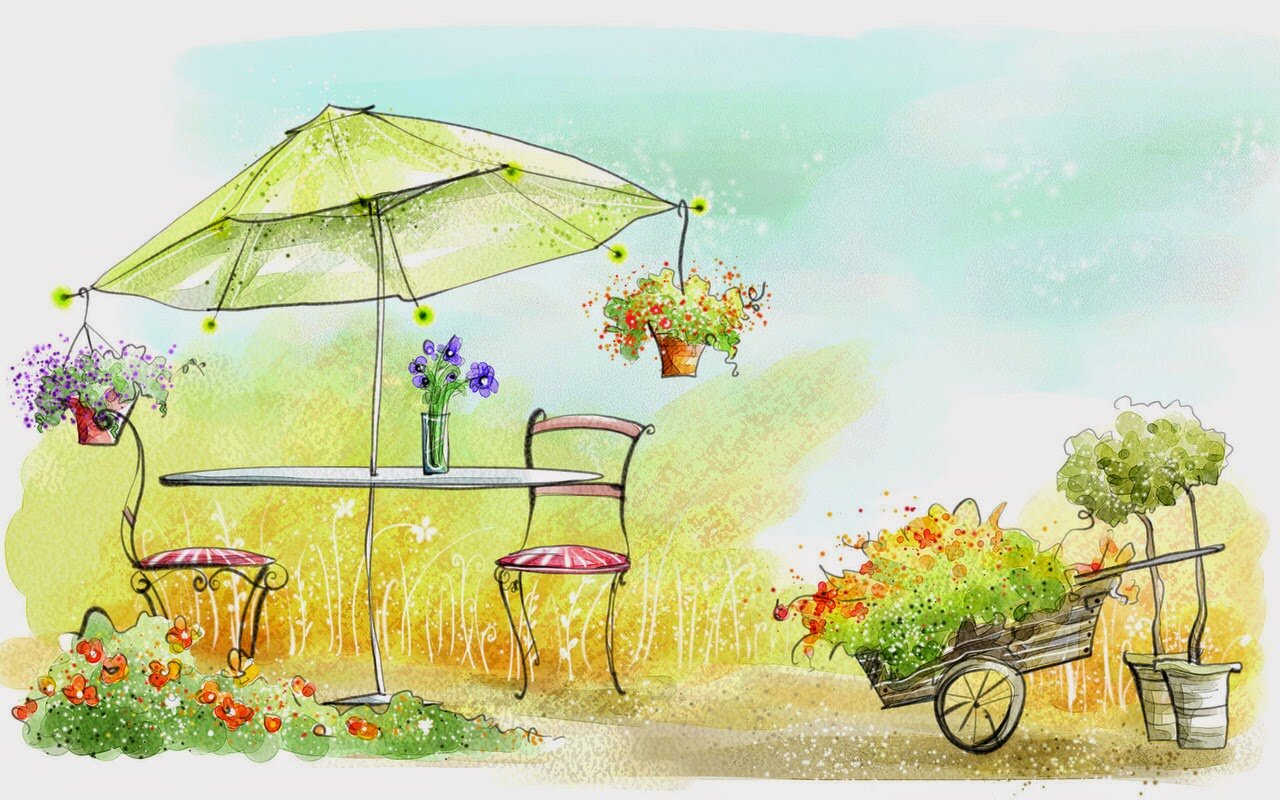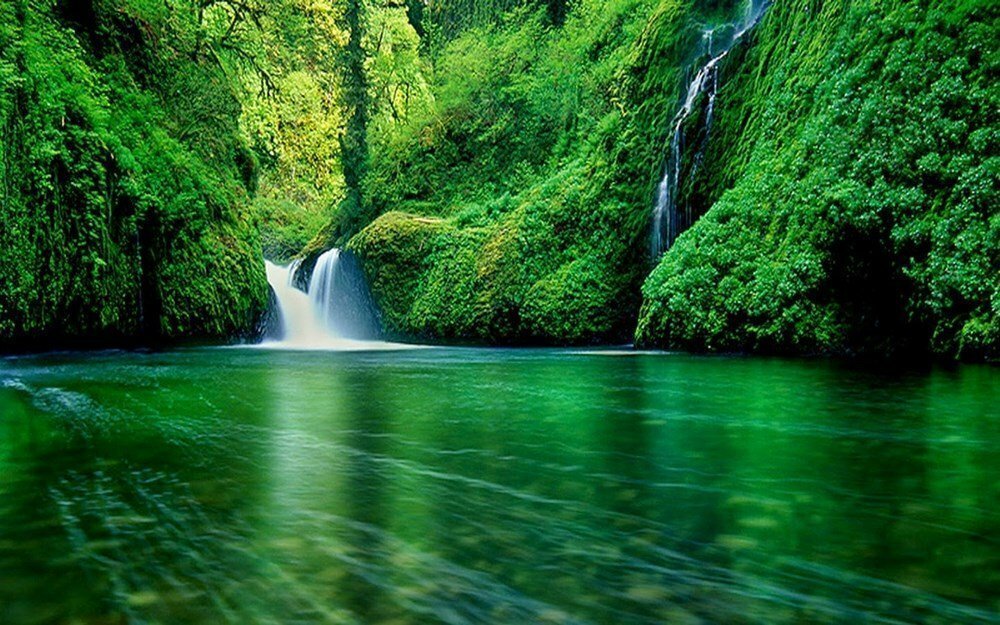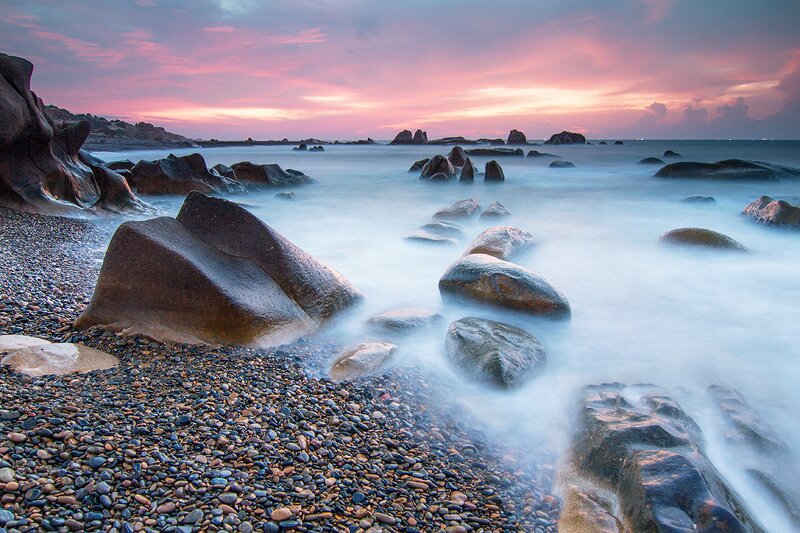The End Of The F***Ing World
The first series of the British comedy-drama about two teenage outlaws was a huge unexpected hit. Now, as it returns for a second, Hugh Montgomery explores the secret of its success.
Đang xem: The end of the f***ing world
Such is the sheer volume of TV served to audiences, week by week, in 2019, it is that much harder to create a series that feels genuinely idiosyncratic. That, perhaps, goes some way to explaining the appeal of The End of the F***ing World, which occupies its own delightfully left-field plane of existence.
The British comedy-drama premiered back in 2017, telling the story of two suburban teenage outlaws on a cross-country road trip: James, a disturbed young man who thinks he’s a psychopath, and Alyssa, his wonderfully brusque schoolmate, who he initially plans on murdering – unexpectedly, he falls in love with her.
More like this
It initially launched on Channel 4 in the UK to strong reviews, and became a homegrown binge-watching hit on the network’s on-demand service All4. But it was when it landed on Netflix at the beginning of 2018 that it really became something else: a genuine, worldwide cult phenomenon – something which took its writer Charlie Covell by complete surprise. “It was bananas,” she tells sonlavn.com Culture. “ hopefully we’ll get a really nice review in the Guardian and 12 people will watch it. And as long as we love the thing, that’s cool.”
You only have to scan social media to get a sense not only of the quantity of fans it has accumulated, but the depth of fandom it has inspired, prompting a beautiful array of fan art devoted to its two lead characters.
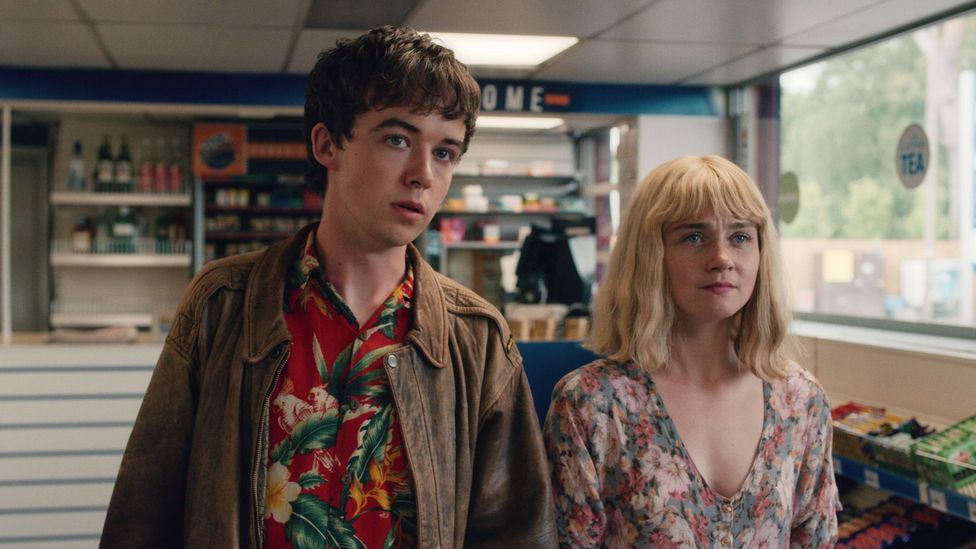
The first series centred on teenage outlaws Alyssa and James as they went on a surreal cross-country road trip (Credit: Channel 4)
As for the relatively unknown actors at its heart, Jessica Barden and Alex Lawther, the show has turned them into pin-ups for doomed youth. Barden says that she gets recognised in US, especially, thanks to her character’s – and her own – Yorkshire accent. “People will hear me and be like ‘oh my god, are you Alyssa, your voice sounds exactly the same!”,” she says. “But I love that because a lot of them don’t know what Yorkshire is, so that’s a great conversation.”
Most of all, people have wanted to quiz her about the show’s future, following the nail-biting, inconclusive series one ending, which saw James running across a beach being chased by the police, with a gunshot going off, before it cut to the credits. “If I got hit by a car right now, of all the wonderful things that I’ve achieved in my life, people would be : is there a second series and does James survive? That would be the entirety of my 27 years on this world,” Barden says, with mock-exasperation.
The next chapter
Now though, she need worry about interrogation no longer: this week, the show finally returns with a second run of eight episodes that begins today in the UK on Channel 4 and All4, and drop around the rest of the world on Netflix tomorrow. And, having seen the first four episodes, I can say that its devotees are unlikely to be disappointed.
In a world where comic books have to come to enjoy cultural supremacy, it’s interesting to note that The End of the F***ing World also derives from a graphic novel – though one more left-field than most. Millennial cartoonist Charles Forsman’s original indie strip told the same core story, but was set in the US rather than in the UK. Having come across some of the ‘mini-comic’ instalments that Forsman put out, British filmmaker Jonathan Entwistle contacted Forsman and initially developed a short film from the material, starring Barden as Alyssa alongside another up-and-coming Brit actor Craig Roberts as James.
It’s about wanting to be reset and be reborn. But then, of course, there’s a point at which the journey runs out – Charlie Covell
From there, production company Clerkenwell Films took on the project for a full TV series, and actress/writer Covell was brought on board to script it. Interestingly, Covell says, she had concerns when she first saw the original short film, given it foregrounded James’s perspective and dealt with his initial desire to kill Alyssa. However, any fears that the material would feed into the all-too-common trope of glamorising violence against women were allayed when she read the original comic: “I just thought it was wonderful. I think Chuck gets right to the crux of both characters’ vulnerability and trauma in a way that’s never saccharine. It’s always really funny, and he manages to deal with quite dark subject matters in a way that doesn’t feel heavy.”
How to explain the show’s extraordinary success then? You could point to the first series’ archetypal lovers-on-the-run narrative: the story really kicked into gear in with James’s murder of a sinister professor who tried to sexually assault Alyssa. It is a sub-genre that has resonated through film history, from Badlands (a key influence for Forsman) and Bonnie and Clyde to True Romance and Natural Born Killers. (Soon to be seen, indeed, is another lovers-on-the-run tale, the film Queen & Slim, starring Daniel Kaluuya, which is already being talked up as a major awards season contender.) Covell sees the allure of these types of stories as a “primal” one. “They’re trying to escape something, they’re trying to start again, they’re falling in love… it’s about wanting to be reset and be reborn. But then, of course, there’s a point at which runs out.”
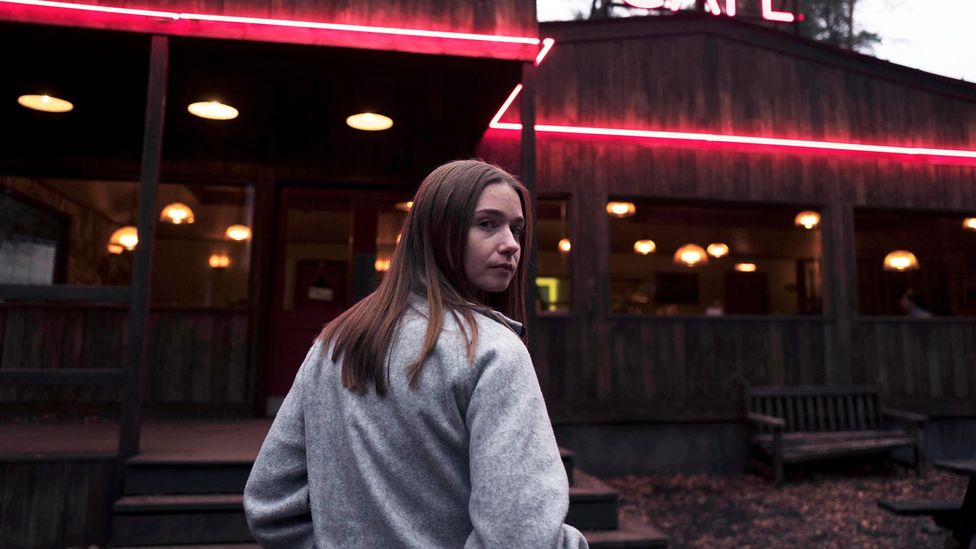
In the new series, Alyssa is working at a Twin Peaks-style café – and dealing with depression (Credit: Channel 4)
But as well as its cinematic narrative, there’s also its very cinematic aesthetic to consider. With its hyper-stylised visuals and sometimes arch dialogue, you can detect the influence of filmmakers from the Coen Brothers to Wes Anderson and Tarantino to David Lynch. And while the series transposes the action across the Atlantic, it’s in thrall to Americana, locating itself in a landscape of open roads and retro diners that stays just on the right side of pastiche.
What’s more, its period setting is kept deliberately opaque: despite notionally being set in the present day, it shuns modern technology (Alyssa in the very first episode tells James that she has smashed her phone on purpose) while deploying a sepia-hued 1970s-ish colour palette and a soundtrack filled with swooning old-school pop standards (as well as new music by Blur guitarist Graham Coxon). Given British TV is not necessarily known for its bold visual grammar, all this makes its portrait of the UK, even for homegrown viewers, feel exhilaratingly foreign (as well as Instagram and Tumblr-ready). As Covell puts it, reflecting on its allure: “I think maybe people like that it has its own world”.
Fantasy v reality
It has to be said that the show could so easily have been exasperating – on paper, watching a pair of attitudinal teens in a self-consciously derivative cinema fantasy world sounds far too much like an over-extended film school project to be fit for public consumption. Yet the genius of The End of the F***ing World is the way it has managed to balance its more fanciful elements with a real emotional authenticity. As the first series unfurled, so Alyssa and James’s posturing melted away: and for all the sensationalism of their journey, there was something in their awkward interaction and understated vulnerability that made them feel far more true to life than the protagonists of countless other overheated TV teen dramas.
Xem thêm: Học Và Làm Bài Tập Toán 8, 9 Trang 6 Sách Bài Tập Toán 8 Tập 1
That the show successfully pulled off a tightrope walk between artifice and reality was also thanks to the wonderfully natural performances of Barden and Lawther, the former of whom is definitely back for series two, while the fate of the latter remains a secret for now. Barden describes Alyssa as her “best friend” and you don’t need to speak to her for long to feel how intimately connected she is to the character.
The way a lot of projects will show women dealing with mental health problems is that they’re all like Blanche Dubois all of the time – Jessica Barden
Though, at 27, she is a generation older than her alter-ego, she possesses something of the same brilliantly deadpan honesty – as when she explains how she came to read the scripts for the first four episodes of the new series while starring in a Harold Pinter play in the West End, an experience she says was, by comparison, painful. “I found it not natural,” she says. “I don’t like to feel like I’m acting, and it felt like what was required from that particular play was complete acting and it’s not my interest… and so when I read , I was like ‘I literally cannot wait to go back and do this thing’.”
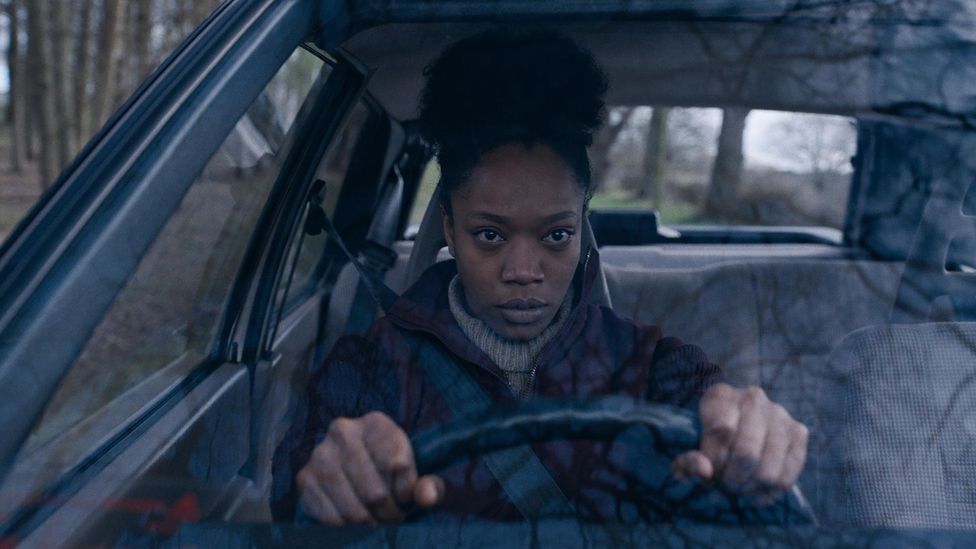
The first episode of the new series is devoted to new antagonist Bonnie – another character bearing the scars of a traumatic upbringing (Credit: Channel 4)
Jumping forward two years, the new series finds a changed Alyssa, still dealing – or rather not dealing – with the aftershock of events in the first series; “I don’t really feel anything anymore. It’s good not feeling; it’s like a superpower,” she says in voiceover early on. To put it more bluntly, as Barden does, she is evidently suffering from depression – and the truthfulness of Barden’s depiction of this again cuts against the show’s more surreal stylings, including, this time, a distinctly Twin Peaks-ish, forest-lined cafe. “The way a lot of projects will show especially women dealing with any type of mental health thing is that that they’re all like Blanche Dubois all of the time,” reflects Barden, “and that’s amazing, but it’s not realistic because day-to-day your experience of depression is coping with it, which is a lot more calm than we’re used to seeing.”
What may surprise viewers, however, is that the very first episode of the series is devoted to a wholly new lead character: the mysterious antagonist Bonnie, played by Naomi Ackie (who also has a significant role in the upcoming Star Wars film). Again, it would not do to reveal too much about her role, but Bonnie is a character, like Alyssa and James, in part defined by the trauma of her upbringing – as is made clear in a starkly upsetting opening summary of her childhood.
In fact, you could say the theme of generational trauma is one of the show’s foundations: from emotionally vampiric parents to abusive strangers, Alyssa and James spent the first series trying to escape from the adults around them. “When you talk about the show, it sounds so bleak,” laughs Covell, and it should not be forgotten that it is, consistently, very funny. But at a time when there is a lot of discussion around the idea of a younger generation having to deal with a world catastrophically messed up by their elders, from climate change downwards, it is a show that, entertaining escapism as it is in many respects, feels weirdly pertinent.
Whether the second series will have as open-ended a climax as the first remains to be seen, but one thing seems certain: cliffhanger or not, it will be the end of the road for Alyssa et al. Covell, who is now working as a showrunner on KAOS, a new Netflix show inspired by Greek mythology, says that there will not be a third series. “I think you should leave when things are on a high,” she affirms. And when you consider the other British comedy-drama that recently called it quits after just two series – this year’s Emmy big-winner Fleabag – it certainly doesn’t seem a bad way to go.
The End of the F***ing World airs on Channel 4 in the UK from Monday November 4 to Thursday November 7, and launches on Netflix around the world on Tuesday November 5.
Love TV? Join sonlavn.com Culture’s TV fans on Facebook, a community for television fanatics all over the world.
If you would like to comment on this story or anything else you have seen on sonlavn.com Culture, head over to our Facebook page or message us on Twitter.
Xem thêm: Sinh Ngày 27 6 Là Cung Gì – Cự Giải Sinh Ngày 27 Tháng 6
And if you liked this story, sign up for the weekly sonlavn.com features newsletter, called The Essential List. A handpicked selection of stories from sonlavn.com Future, Culture, Worklife and Travel, delivered to your inbox every Friday.

